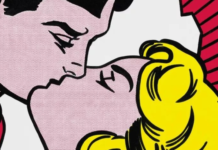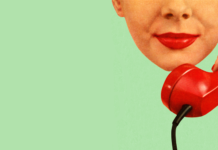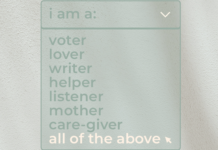In subways and movie theaters, on the bus and in cafeterias, we gravitate towards people who look like us.
Recent studies explore this tendency. In a pool of over two thousand students, people wearing glasses consistently sat next to other people wearing glasses, people with dark hair sat next to others with dark hair, long-haired people sat next to other long-haired people. This behavior was independent of other factors like sex and race.
In another study, subjects looked at pictures of people with different features. Participants were asked how close they would sit next to each person in the photos. As you might predict, participants said they would sit closer to people they resembled. Interestingly, they also expected these people to share similar attitudes, to be accepting of them, and felt it was more likely they would be friends.
This “homophily” — the resemblance between people who associate with one another — is powerful. This seemingly harmless way of organizing ourselves has serious implications. As the researchers describe:
…segregation may occur, which can result in myriad prejudices and misunderstandings.
The next time you get on the bus, take a moment to notice who you sit next to. Does that person look like you?
I wish you all the best,
Dr. Samantha Boardman






